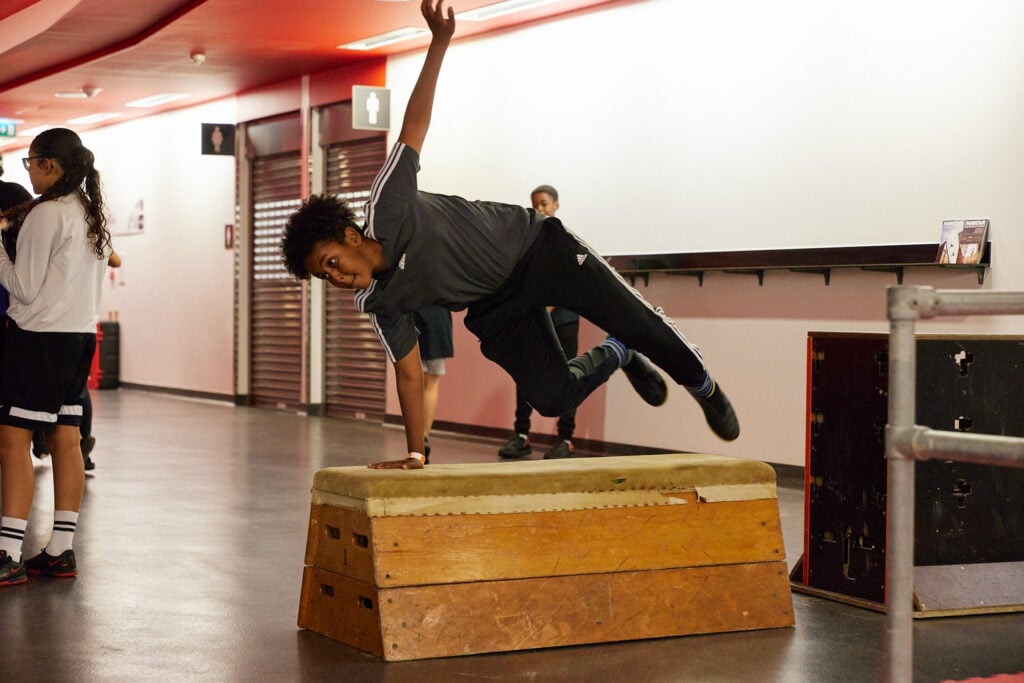
Written by Ceris Anderson, Head of Knowledge & Insight and Joe Godwood, Research Support Officer
Sport England recently released the latest findings from the Active Lives Adult Survey, covering mid-November 2022 to mid-November 2023. While the overall results show positive trends nationwide, they also spotlight persistent inequalities.
Since the survey started in 2015-16, the number of ‘active’ adults has increased by two million (1.3%). However, when looking at the results by socio-economic group, the differences are worrying. Rates amongst the highest socio-economic groups (NS-SEC 1-2) have seen long-term growth, with those who are ‘active’ increasing by 1.6% compared to Nov 2015-16. In contrast, rates amongst adults from lower socio-economic groups (NS-SEC 6-8) have seen the proportion that are ‘active’ drop by 2.2% over the same period, contributing to an increasing gap in activity between socio-economic groups.
What is also worrying from our perspective at StreetGames is that the data is continuing to show a long-term downward trend in the proportion of young people aged 16-24 years who are ‘active’, which is now 3.3% lower than it was in 2015-16.
The results from the 2022-23 survey show a 20% gap between those that are ‘active’ by socio-economic group (73% NS-SEC 1-2 vs 53% NS-SEC 6-8). As well as being less likely to be active, those from lower socio-economic groups are also under-represented in volunteering, comprising just 10% of all weekly volunteers but 30% of the population.
There is also a growing divide in activity levels based on where someone lives, with only 55.5% of adults living in the most deprived areas (IMD 1-3) recorded as ‘active’ whilst 68.6% of those in the least deprived areas (IMD 8-10) are ‘active’.
The least deprived places (IMD 8-10) and mid deprived places (IMD 4-7) are seeing more active adults compared to Nov 2015-16, whereas the most deprived places (IMD 1-3) have seen this proportion fall by 2.5% over the same period. Furthermore, activity levels remain unchanged compared to 12 months ago for those living in the most deprived places, meaning that we have seen no further post-pandemic recovery in these areas, with levels settling below those seen pre-pandemic.
Significantly, the data also highlights that adults and young people from lower socio-economic groups and those living in the most deprived areas are significantly less likely to say ‘they feel that they have the opportunity to be physically active’ – with only 28.7% of those living in IMD 1-3 and only 26.6% of adults from NS-SEC 6-8 saying they have the opportunity to be active, compared to 39% amongst those from NS-SEC 1-2, reinforcing the notion that unequal opportunities are contributing to activity disparities.
The availability of opportunities to be active are really significant. Not only do they affect a person’s ability to be active at all, but also whether or not a person can choose the nature of the activity they participate in. Data within Active Lives reveals that people from lower socio-economic groups get more of their active minutes from active travel – which is often borne out of necessity rather than choice. Significant disparities still exist in sports participation by socio-economic group – with the rates of participation by lower socio-economic groups in many sports, gym and fitness activities being less than half the rates of those in the highest socio-economic groups. Adults from lower socio-economic groups are also significantly less likely to walk for leisure.
At StreetGames, we know that these disparities are not down to a lack of demand. In fact, our 1,000 Young Voices research revealed that 72% of young people from lower-income households enjoy taking part in sport and physical activity and 75% want to do more – including interest across a broad range of activities, spanning individual sports, team sports, fitness activities, exercise involving nature and the outdoors, and activities involving music.
Meeting these differing needs and effecting real change requires influence and action across multiple layers of the ‘system’: at a policy level, within the physical environment and by the organisations and institutions that hold the ‘power’ within local communities.
The current policy environment creates a real opportunity to make a difference. Within both the government sport strategy Get Active and Sport England’s Uniting the Movement, there is clear strategic intent to tackle inequalities, together with resources that are being directed into the places most in need and a drive for a Whole System Approach, to join up action across multiple layers of society. These efforts must look at creating vibrant and varied offers within local communities – so that we not only increase activity levels but also provide more people with the opportunity to build a positive relationship with sport and physical activity and enjoy the wider social, cultural and health benefits that taking part can provide.
